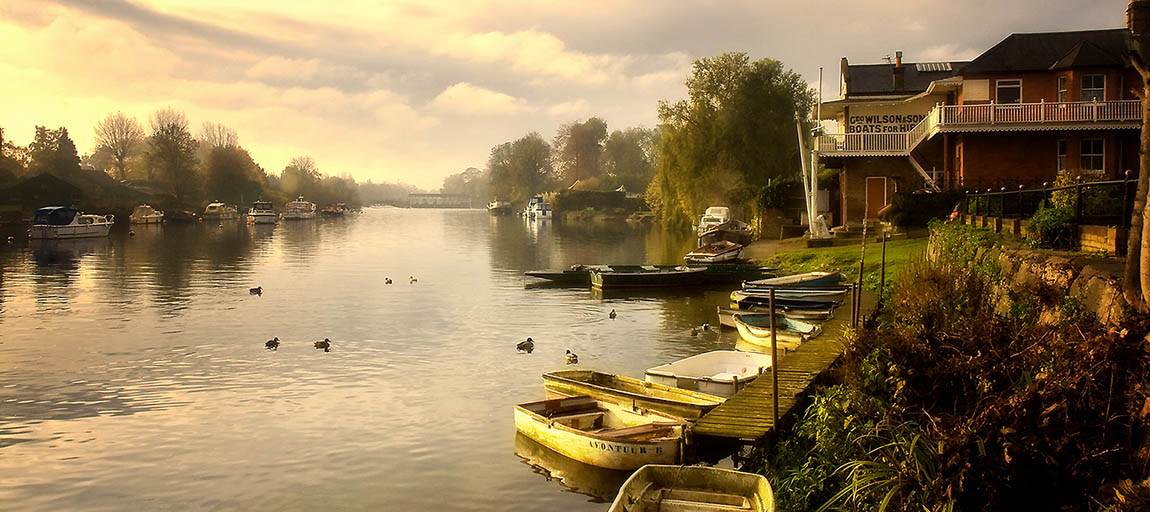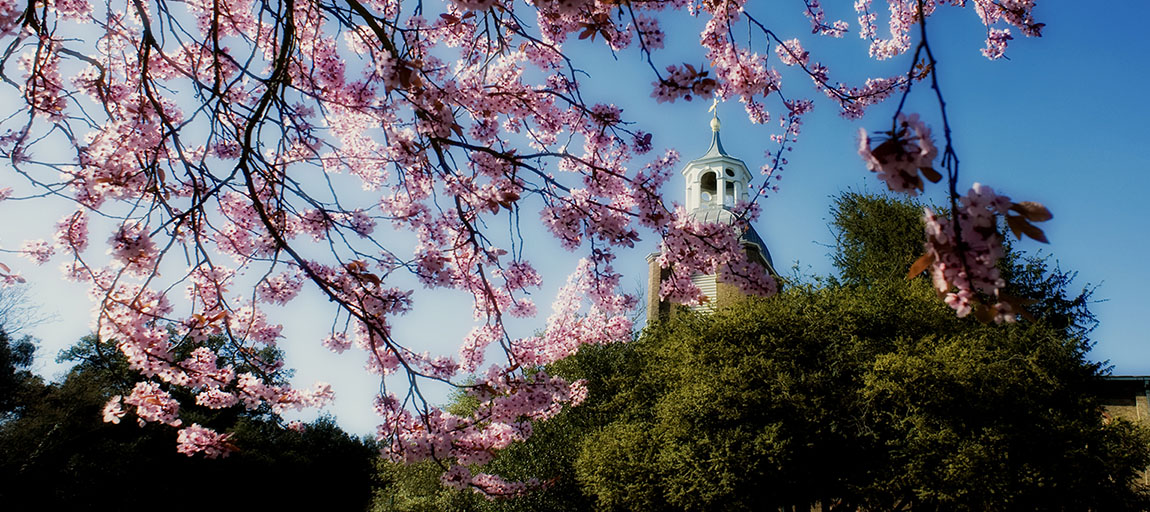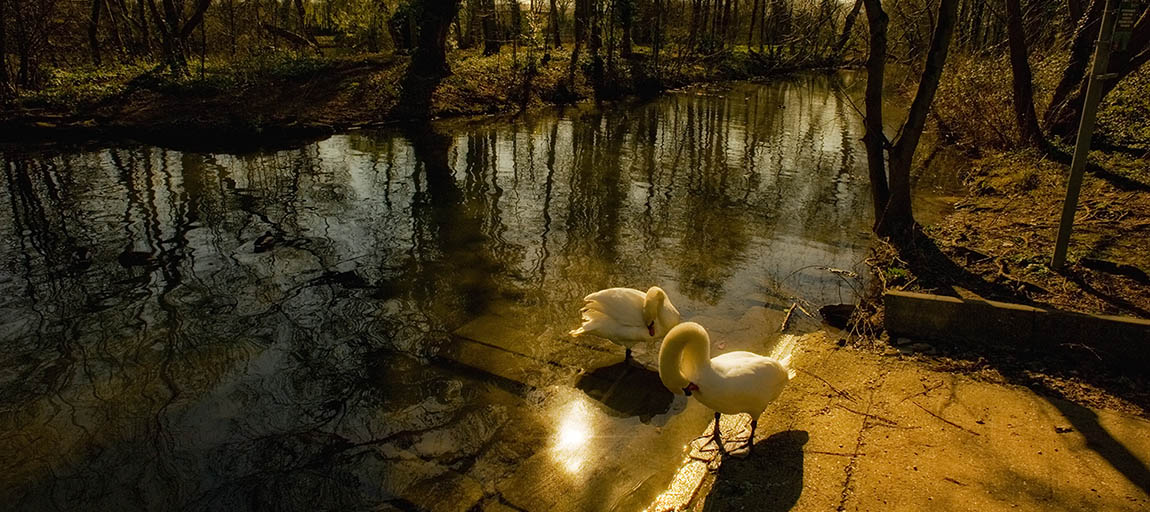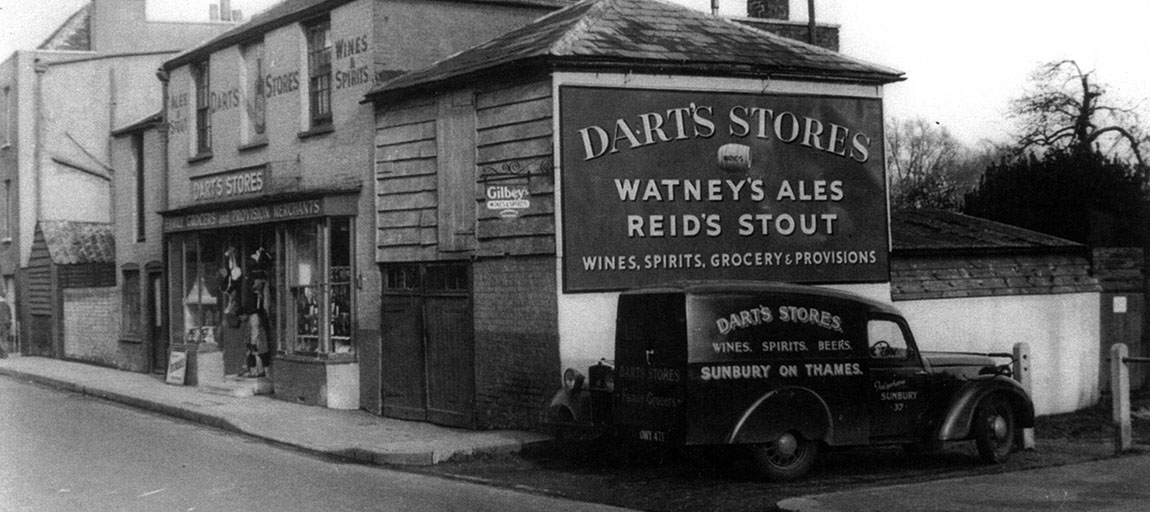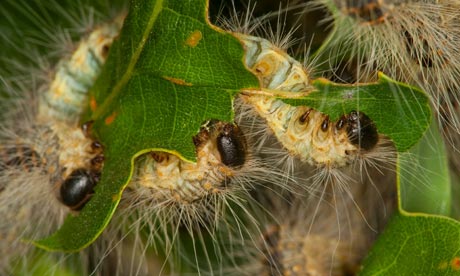 People in parts of London and Surrey are being reminded not to touch the caterpillars of the oak processionary moth (OPM), which are now emerging in oak trees in these areas.
People in parts of London and Surrey are being reminded not to touch the caterpillars of the oak processionary moth (OPM), which are now emerging in oak trees in these areas.
They are also advised to keep children and animals away from the caterpillars and their nests, because the caterpillars’ hairs can cause itching skin rashes and other health problems. Residents are also being asked to report any sightings.
Affected areas include: several boroughs in West and South-West London; Bromley and Croydon and southern parts of Lewisham in South London; and Elmbridge and Spelthorne in Surrey.
OPM caterpillars are a tree pest which were accidentally introduced to Britain. They feed on oak leaves, and in large numbers they can severely defoliate trees and leave them vulnerable to other pests and diseases.
Their tiny hairs contain a protein which can cause itchy skin rashes and, less frequently, eye and throat irritations and breathing difficulties in people and animals. The hairs can be blown on the wind, and left in their nests in and under oak trees. The greatest risk period is May to July, although nests should not be approached at any time.
The Forestry Commission, councils and land managers are tackling the pest with a carefully controlled programme of tree treatment and nest removal. Ian Gambles, the Forestry Commission's Director England, said the public could play an important role in helping to control the pest by reporting sightings, but advised caution: “We need reports of the caterpillars or their nests from the public or others, such as gardeners, tree surgeons and ground-care workers, who work or relax near oak trees,” he said.
“However, they should not try to remove the caterpillars or nests themselves. This needs to be carefully timed to be effective, and is most safely done by specially trained and equipped operators.”
Dr Deborah Turbitt, Deputy Regional Director for Health Protection, London, endorsed the ‘don’t touch’ advice, saying: “We strongly advise people not to touch or approach the caterpillars or their nests because of the health risks posed by the hairs. Pets can also be affected, and should be kept away as well. The Forestry Commission website has pictures to help identify the pest.
“See a pharmacist for relief from milder skin or eye irritations following possible OPM contact, or consult a GP or NHS111 for more-serious reactions. Contact a vet if animals are affected. We have issued advice to local GPs and health professionals to help them identify when patients have been affected by the caterpillars and to advise them on appropriate treatment.”
Trees are treated by fully qualified operators under strict health, safety and environmental controls to ensure it is safe for people and animals.
- Sightings must be reported to the Forestry Commission, preferably with its Tree Alert on-line form available from www.forestry.gov.uk/opm.
- Maps of the ‘core’ and ‘control’ areas are available in the oak tree owners’ manual at www.forestry.gov.uk/opmmanual.
- Health advice is available from the “Insects that bite or sting” area of the NHS Choices website, www.nhs.uk/livewell.
- Working on oak trees – Anyone having oak trees pruned or felled in the affected areas must contact the Forestry Commission’s Plant Health Service beforehand on This email address is being protected from spambots. You need JavaScript enabled to view it. or 0300 067 5155 for advice about safe removal of the material.
Further information is available from www.forestry.gov.uk/opm.



